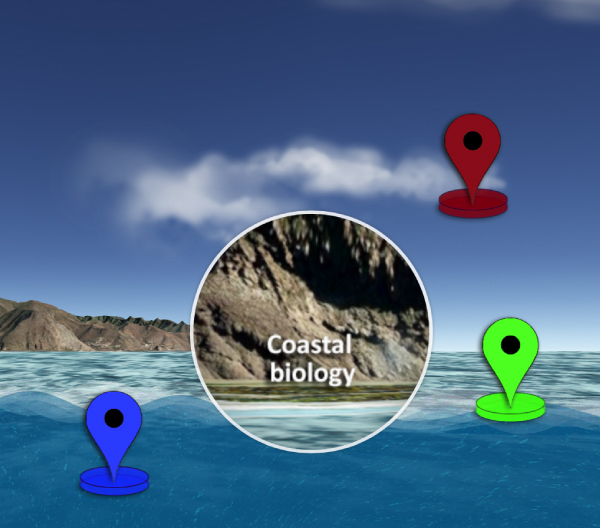Ocean Color

Our ocean is full of life and color. The color of the ocean is determined by the interaction of sunlight with substances or particles present in seawater (such as sediments) and chlorophyll, a green pigment found in most phytoplankton species.
Using the state-of-the-art Ocean Color Instrument (OCI), PACE will measure light (and color) over a broader spectrum - and a finer resolution - than ever before. This means that not only will PACE be able to identify how much phytoplankton is present, but the kind of phytoplankton that is there. Additionally, PACE will enable us to clarify the connections between aerosols, clouds, and climate.
Learn more in the resources listed below about how PACE will use ocean color to estimate the contents of our ocean.













